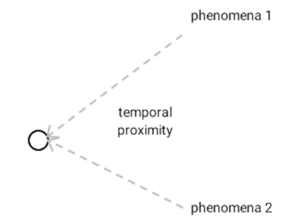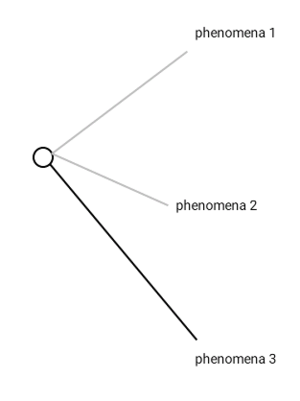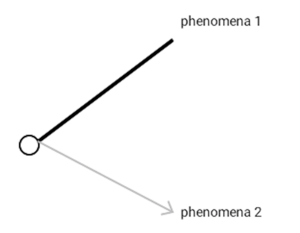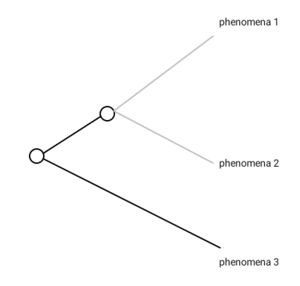The epistemic elements of decision making
From Deliberative Democracy Institiute Wiki
Creating an agreed knowledge base is one of the main challenges of deliberation. Agreeing on facts and interpretations, may seems to be a hard task to accomplish. Participants may not agree about the facts and even on how to interpret the facts they do agree upon. Participants that come from different worldview may lack the common ground to get into agreements. All these require us to have a very good understanding of how to construct knowledge and how to validate the knowledge in a way that will enable all participants to agree upon the knowledge.
In this theory, I will base my understanding of how knowledge is built on the previous work that I have done on epistemology. You are more than welcome to read and comment.
Structures in knowledge
Induction
Induction is the way the brain links between two phenomena. It is created when two phenomena happen together and the brain catches these events which happen in temporal proximity. in biology, induction is also called short term potentiation (STP) and long term potentiation (LTP).

Induction is consolidated after serval repetitions of temporal proximity between the phenomena. The strength of the association between the phenomenal depends on several factors like the proximity of the intervals, the amount of intervals and for how long it was repeated. The strength of the Association will decline with time if no repetition are presented.
When STP or LTP are created the brain will create an induction based on only one phenomenon. For instance, after we learn about the quacking duck it is enough for us to hear the quack of a duck to imagine the full duck.
Mental Object
A pre-consolidated induction can be the source of a new induction which will create a mental object. Look at the following schema:

For instance, let's say we are familiar with the "quack" and the "shape of a duck" and then when we see a duck we are also here in the word "duck".
Hirarchy of mental objects
Mental objects are built With hierarchy. Let's assume that we already recognise links we then can recognize that each time we see a duck walking we also see legs. Therefore the duck is built from a duck and also from legs.

